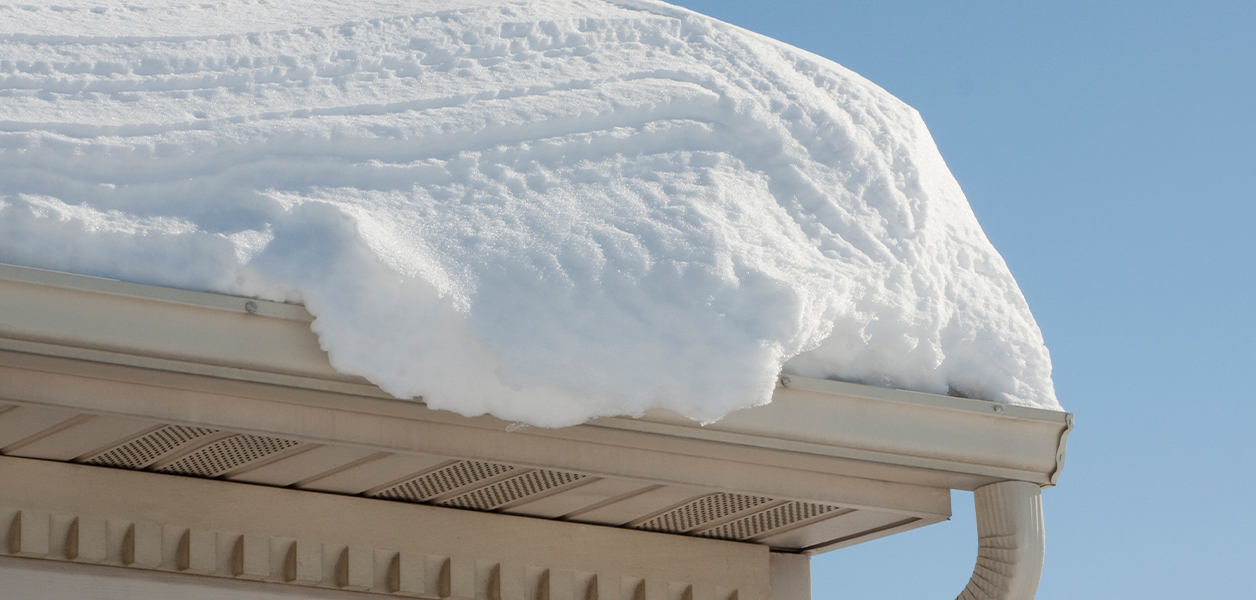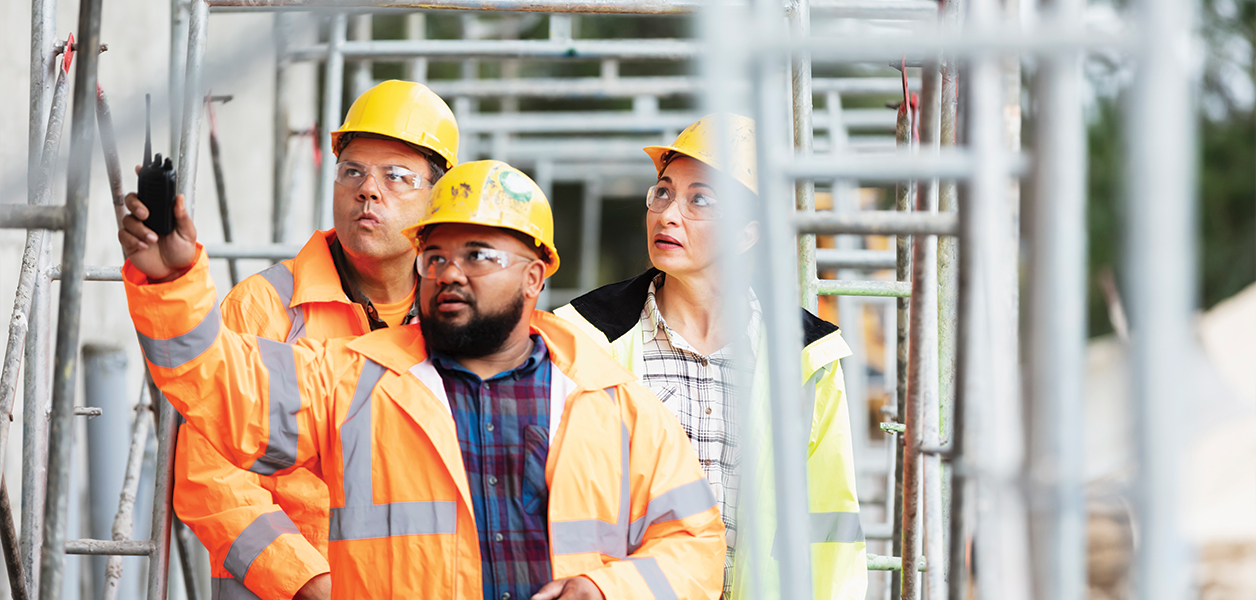Cold temperatures, ice, poor visibility, high winds and wet conditions during the winter can lead to safety issues for construction workers, according to the National Center for Construction Education and Research. Workers must have the proper personal protective equipment to ensure they are prepared for any weather conditions that may arise.
NCCER shares the following cold-weather PPE items all construction workers should have.
- Hard hat liner. Hard hats do not cover workers’ ears, so construction workers can use hard hat liners designed to wear with PPE that cover the ears and sometimes the neck.
- Face mask. A cloth bandana, gaiter, scarf or dust mask over the mouth and nose can provide protection on windy days.
- Thick gloves. Construction workers may need thicker gloves during the winter. Also, glove liners are designed to be worn as a base layer under thick gloves to provide extra heat.
- Winter boots. Workers should wear winter boots with slip-resistant treads designed to grip icy surfaces. Waterproof boots can help keep workers’ feet dry, but it is important their pant cuffs cover the tops of their boots because water does not evaporate quickly once inside the boots.
- Thick socks. Cotton socks hold onto moisture for a long time, which cools down the wearer’s body temperature. Construction workers instead should wear wool or synthetic wool, polyester and nylon blend, which are effective insulators and have moisture-wicking properties.
- Base layer. Construction workers should wear layers, and the first layer—the base layer—should wick moisture away from the skin. Merino wool, polyester and synthetic blends can be good base layers.
- Middle layer. The middle layer—the insulating layer—should be merino wool, polyester fleece, goose down or synthetic fill jackets, which trap heat close to the body without holding onto excess moisture.
- Shell layer. The shell layer is a waterproof, breathable jacket that protects the wearer against wind and rain. Common choices are polyester and nylon, and they often have a coating that helps rain and snow slide off.
- Heated clothing. Heated clothing can be rechargeable, which has a cord that plugs into an outlet to recharge, or battery-operated, which usually requires AA or AAA batteries. Heated PPE options include gloves, beanies, vests, socks, balaclavas, scarves and pants. Follow manufacturers’ guidelines for safe use.
- Eye protection. Snow reflects enough sunlight to cause eye damage if people stare at it too long. Construction workers should use sunglasses or goggles with ultraviolet protection to minimize sun exposure in snowy conditions.





